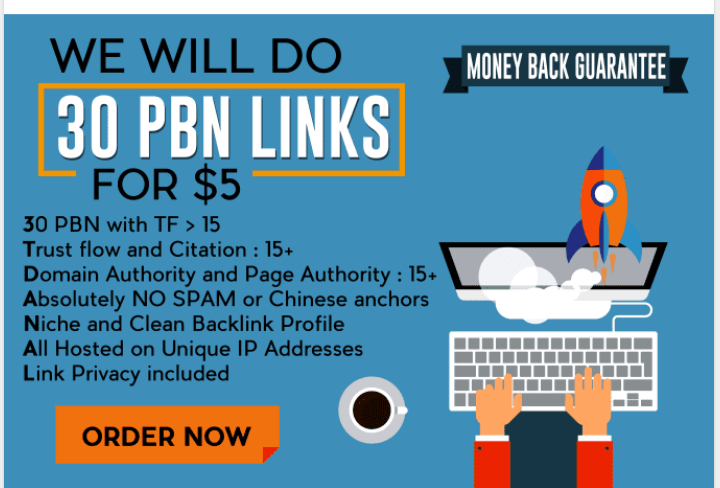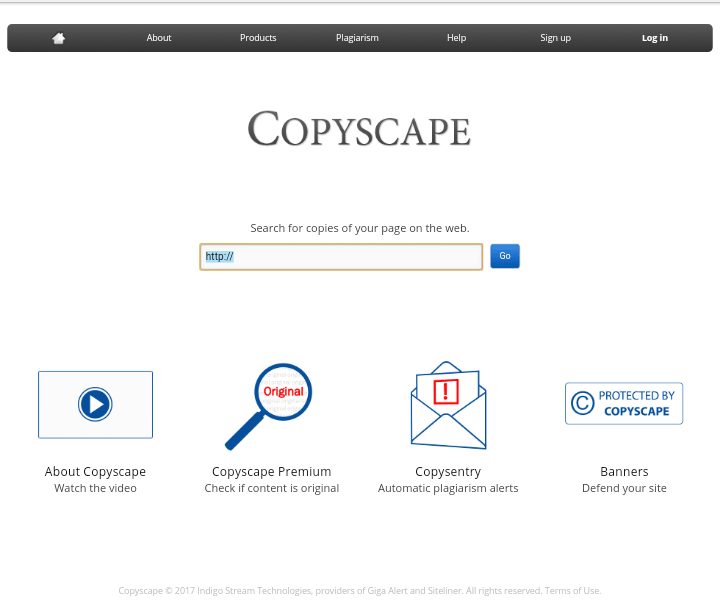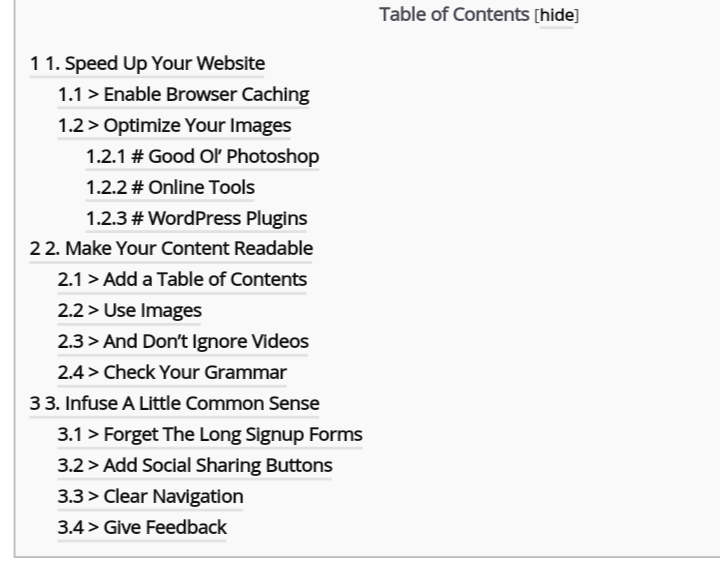4 Things To Do To Get Your Site SEO-Ready For 2019
December 10, 2017
Table of Contents
You want to know the SEO tactics that’d work in 2019? Then you hopped on the right post.
This is not a post about tactics that may work. These techniques actually do work. You can start using them right now if you like.
So, here are four things to do if you need Google love in 2019.
1. Don’t Do Anything Deceptive
In 2005, you could get away with something like this…
 That’s a tactic that worked to rank posts by spamming the web page with enough keywords to make it boring and unreadable.
That’s a tactic that worked to rank posts by spamming the web page with enough keywords to make it boring and unreadable.
Keyword density was a huge ranking factor back then. Google thought, hey, if a page mentions a keyword at many locations on a post, it should be a good resource on the topic.
But spammers got into the game and bans were handed out to sites that tried to over optimize a page for a keyword.
That’s the same thing that’d happen if you try using any sneaky tactics.
With innovations like RankBrain becoming huge ranking factors in 2019, Google is getting smarter every day.
RankBrain launched in April 2015, and it’s Google’s own evolution from thinking like a machine to thinking like humans.
Software engineers from Google have confirmed that RankBrain is involved in every query and would be more important as search involves, so metrics like CTR and dwell time are things you want to watch.
But you may be using these sneaky tactics innocently, here are some of the popular ones so you’d stop and play by the rules.
Sneaky Tactic #1: Owning Or Being Part Of A PBN
PBN is short for private blog network.
It’s a black-hat SEO technique that involves your building pages on abandoned domains with authority to funnel link juice to your “money” page or a page you want to rank for a particular keyword.
The sites that are part of a PBN are usually guilty of duplicate content and have unnatural link profiles.
Google bans every site gaining from the link scheme and that’d hurt your site.
You may outsource your SEO to a marketer or an agency that uses PBNs so you should study how PBNs work and avoid them.
Sneaky Tactic #2: Other Link Schemes
Google is very clear on what constitutes a link scheme. These are links that are created to deceive the search engine on how authoritative a particular page is for a keyword.
Are you buying or selling links on your site?
 Or using software to create thousands of links?
Or using software to create thousands of links?
Those are very deceptive tactics and things that’d get you burnt in 2019.
2. Work On Your Calls To Action
With all the talk about RankBrain, 2019 is the year you want to get more visitors to interact with your site.
That’s because CTR and dwell time or time on site would be huge ranking factors.
Let’s start with CTR. That’s short for Click-through rate.
If you’re ranking high for a particular keyword, but no one’s clicking through to see your page, Google is going to push you down in the SERPs (Search Engine Results Pages).
Look at the ways to improve your page’s organic CTR:
Employ Seductive Headlines
If you want people to click, use headlines that make them click.
You should be combining the keywords in your title with some other power words that drive users to take action.
You must have heard all the talk about clickbaity headlines and why you shouldn’t do them.
But the problem is not really that the title is clickbait. The problem is actually that the content fails to deliver.
If you’re going to write a post on 17 ways to rank on page one for your keyword, make sure anyone who reads that post can implement the techniques and rank on page one.
To create seductive headlines, you need power words that convey different emotions to readers and there are 317 of them for you.
Clean Your Meta Description
Your meta description is a platform Google gives you, right there on the SERP, to let searchers gauge if your page can answer their queries.
It’s like being told to explain what your page is about in 160 characters.
Let’s say someone is searching for “how to make wine bottle candles.”
 Now that’s the kind of Meta description that gets people clicking.
Now that’s the kind of Meta description that gets people clicking.
Implement Rich Snippets
Using structured data is important for CTR growth, especially if you run a review site or an e-commerce store.
Customers can make quick decisions right on the SERPs.
Here’s an example.
 Amazon does this so well so right there on the SERP, you know that product is highly recommended because it comes with a 4.5 rating and a large number of reviews.
Amazon does this so well so right there on the SERP, you know that product is highly recommended because it comes with a 4.5 rating and a large number of reviews.
Now let’s see how you can increase your time on site:
#1: Stay Simple
You want visitors to interact with lots of pages on your site? Then have a site that’s easy to navigate.
Don’t complicate things. You want a site with a very simple design.
If you’re on WordPress, you should use a theme that’s not filled with tons of useless junk you don’t need.
Something as simple as using white ink on a black background when you should be using black ink on a white background can scare visitors.
And before you decide on fonts and font size, look at what others in your industry are using.
#2: Leave Enough White Space
White space makes your post digestible. It makes readers move smoothly from one point to the other.
So don’t be scared of white space. Break your posts into several paragraphs and use subheads and bullets to improve readability.
Just do anything that improves the user experience on your site.
#3: Don’t Ignore Interlinking
Except you’re writing on completely different topics or niches every time you post, chances are that there’d be places you can link to your old posts.
So you should employ natural interlinking to keep some link juice within your site and improve the average time a visitor spends on your site.
3. Forget About The High-Competition Keywords
If there are SEO campaigns you shouldn’t bother running in 2019, campaigns targeting high-competition keywords should make that list.
But there’s a problem. How do you know a keyword is a high-competition keyword?
Well, there are three different ways to know. You can use your everyday SEO knowledge, on-page signals and off-page signals.
#1: Everyday SEO Knowledge
The first rule to escape high-competition keywords is to not target high volume keywords.
And the reason is simple, except you have a big budget (and it’s still no guarantee), your chances of winning are approximately 0.
You’re competing against brands that have been in the game for years, so it’s not a fight worth getting into.
A high volume keyword like “how to make money online” has search results from huge sites like Forbes, Entrepreneur Magazine and The Penny Hoarder.
I doubt searchers would leave these highly-trusted sites for yours.
Most high-volume keywords are also non-specific so what’s the point ranking high in the SERPs when your target visitors aren’t searching for that keyword.
The second trick to avoid high competition keywords is to stay away from keywords where the top ranking pages have thousands of shares on social media.
I mean, it just makes sense that if a page generated so much buzz that 5,000 people shared it on social media, many people would have linked to it on their sites, making it harder for you to win for that keyword.
And finally, don’t try competing for branded keywords. I mean, why would anyone target keywords like Amazon or Microsoft or other Company X keywords?
Even if you rank for those keywords, those visitors are going to bounce off your site.
#2: Off-Page Signals
Backlinks are by far the most important metric to look at when gauging authority of the top ranking pages.
You can use SEO tools like SEMrush and Ahrefs to check for the number and authority of links pointing to a particular page.
If you want to do a quick check on the SERPs, you’d need a tool like the MozBar extension to get results like Page Authority, Domain Authority and number of links, for free.
A large average volume of linking domains to the top pages proves the keyword is a competitive one and you’d want to stay away from it.
Another off-page signal you should be looking at is the presence or absence of low-quality pages ranking for a keyword.
Some features of low-quality pages are- very few or no links pointing to the page, poor meta description and overly optimized keyword phrases in the title tag.
If these low-quality sites are ranking, then the keyword is not highly targeted, meaning you can rank for it.
#3: On-Page Signals
You can guess if a keyword is a high competition keyword by looking at the on-page organization of the sites ranking for it.
If you see a lot of effort invested in making the design attractive and content upgrades like snippet boxes and PDF summaries, you can bet it’s a high competition keyword.
Granted, most sites ranking for low competition terms also spend time on their on-page SEO, but if the page looks all dolled up, you can bet the keyword is worth fighting for.
No one is going to spend all that money on a page that’s not bringing in that many visitors.
4. Create Unforgettable Content
This isn’t another “content is king, promotion isn’t” argument. That’s not important in 2019.
You should and must be creating unforgettable content in 2019. Unforgettable content is epic content.
It’s content that people can’t help but share and link to.
But how do you know if your content qualifies as epic?
Here are six characteristics to look for:
Epic content is…
#1: Visual
The attention span of the average internet user is eight seconds, shorter than that of a goldfish.
So you need to serve the market with what it wants.
Make your content easier to scan through by putting illustrative images at different points in the post.
And just so you don’t end up with bulky images that slow your page load time, compress your pictures with image optimizer.
If your posts are good, people would want to share.
So you should have those social buttons on your site to get them to share.
Make it shareable by writing short sound bites with little call-to-action buttons for visitors to tweet, pin and share.
And make sure your thumbnails are beautiful. No one loves to share dull images on social media.
#3: Original
Let Copyscape help you with this one.
 Just paste the entire post or the link to the post to know if it’s original or not.
Just paste the entire post or the link to the post to know if it’s original or not.
You don’t want duplicate content on your site as you may be inviting a Google penalty.
And even if there were no search engines, no one likes to read content that they’ve seen on five or six other sites.
#4: Continually Updated
 There are posts that’d qualify as evergreen content. I’m talking posts like “how to stop procrastination.”
There are posts that’d qualify as evergreen content. I’m talking posts like “how to stop procrastination.”
If the tactics in that post worked in 2005, they should work in 2019, because most of those techniques would be psychological hacks that never become obsolete.
But something like “how to grow your Facebook fan page” should be continually updated.
Facebook’s constantly making changes to their algorithm so most tricks that worked in 2012 would fail in 2017.
#5: Organized
You should use subheads, bullets and other formatting tools to get readers to move from one section of a post to the other without getting lost.
And just in case they get lost, having a little search bar at the top of your post can help.
You should also include a table of contents at the top of your posts so readers can jump to any section they want.
 #6: Illustrative
#6: Illustrative
Your content is illustrative if readers are able to do exactly what you’re teaching.
And that’s why you need videos. If you’re writing a post on “How To Install Google Analytics On Your Site,” a 5-minute video showing what line of code to paste would complement the post.
You can start with a free YouTube channel or host your own videos on platforms like Wistia.
2019 should be the year you win at SEO. And now you know how to.



